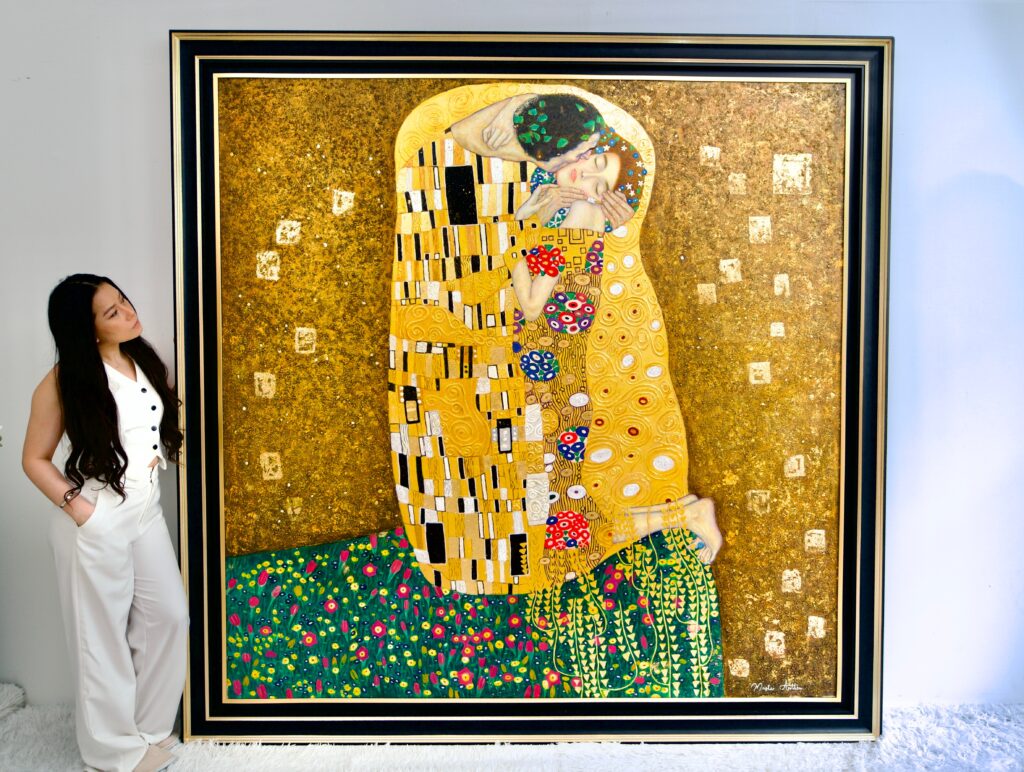Your cart is currently empty!
Celebrate 5 Years of Master Apollon with 15% OFF! 🎉code: MASTER
Description
Step into the enchanting world of Claude Monet with this exquisite oil painting reproduction of “Claude Monet painting at the edge of a wood” by John Singer Sargent. Immerse yourself in the timeless beauty and artistic elegance that this masterpiece exudes, and let it transport you to a place of tranquility and serenity.
Crafted with the utmost care and attention to detail, this reproduction captures the essence of the original artwork with breathtaking accuracy. Each brushstroke has been meticulously applied to recreate the intricate details and vibrant colors that make Monet’s work so captivating. From the delicate play of light and shadow to the texture of the brushstrokes, every aspect of the artwork has been faithfully reproduced.
This painting holds a unique value for art enthusiasts and collectors alike, as it brings the magic of Claude Monet’s artistry into your own space. Whether displayed in a living room, bedroom, or office, it will instantly enhance the interior aesthetics and become a captivating focal point that evokes a range of emotions.
Imagine yourself surrounded by the beauty of this stunning reproduction, as it adds a touch of sophistication and charm to your home. Let it become a cherished heirloom that will be admired and appreciated for years to come. Experience the power of art to transform your space and elevate your senses with this exceptional piece.
Indulge in the beauty and elegance of Claude Monet’s artistry with this remarkable oil painting reproduction. Let it become a part of your story, enriching your life and inspiring your soul.
Similar paintings
-
A Study Off the Beaten Path – John Singer Sargent
$650.00 – $3,600.00 -
Alpine Pool – John Singer Sargent
$750.00 – $3,600.00 -
An Arab Woman – John Singer Sargent
$650.00 – $3,600.00 -
Arsène Vigeant – John Singer Sargent
$650.00 – $3,300.00 -
Bringing down the marble from the quarries in Carrara – John Singer Sargent
$650.00 – $3,600.00

Master Apollon: The Art of Authentic Reproduction
With Master Apollon, rediscover the emotion of the great masterpieces through hand-painted reproductions crafted by real artists. Each canvas is created using premium quality oil paint, carefully applied to capture every detail, every nuance, and every brushstroke of the original. Our passionate and skilled artists work with the precision of master craftsmen to deliver an extraordinary result—worthy of the world’s finest museums.
- 100% Hand-Painted by Professional Artists
- Premium Oil Paint for Rich Texture and Vibrant Colors
- Exceptional Fidelity to the Original Masterpieces
- A High-End Alternative to Mass-Produced Reproductions
Frequently Asked Questions
Why choose Master Apollon over a standard reproduction?
95% of reproductions on the market are cheap copies, often mass-produced in China using low-grade materials. At Master Apollon, every artwork is hand-painted by real artists using premium oil paint. The result? An exceptional finish that stays true to the original, with rich texture and vibrant colors worthy of the great masters.
How are your reproductions made?
Our reproductions are hand-painted by talented and experienced artists. We exclusively use high-quality oil paint and durable canvases to ensure unmatched detail and depth. Each artwork is a unique creation, designed to capture the essence of the original masterpiece.
Can I order a custom reproduction?
Yes! At Master Apollon, we offer custom reproductions. Choose your favorite masterpiece from the classic works, and our artists will recreate it for you. Contact us through our form to discuss your needs and receive a personalized quote.
What are the delivery times and options?
The creation time varies depending on the complexity of the artwork (usually 2 to 4 weeks). Once completed, your reproduction is carefully packaged and shipped promptly worldwide. We will keep you informed at every step to ensure a stress-free experience.
“Say goodbye to cheap reproductions and let Master Apollon bring you excellence. Contact us today to start your artistic journey.”





